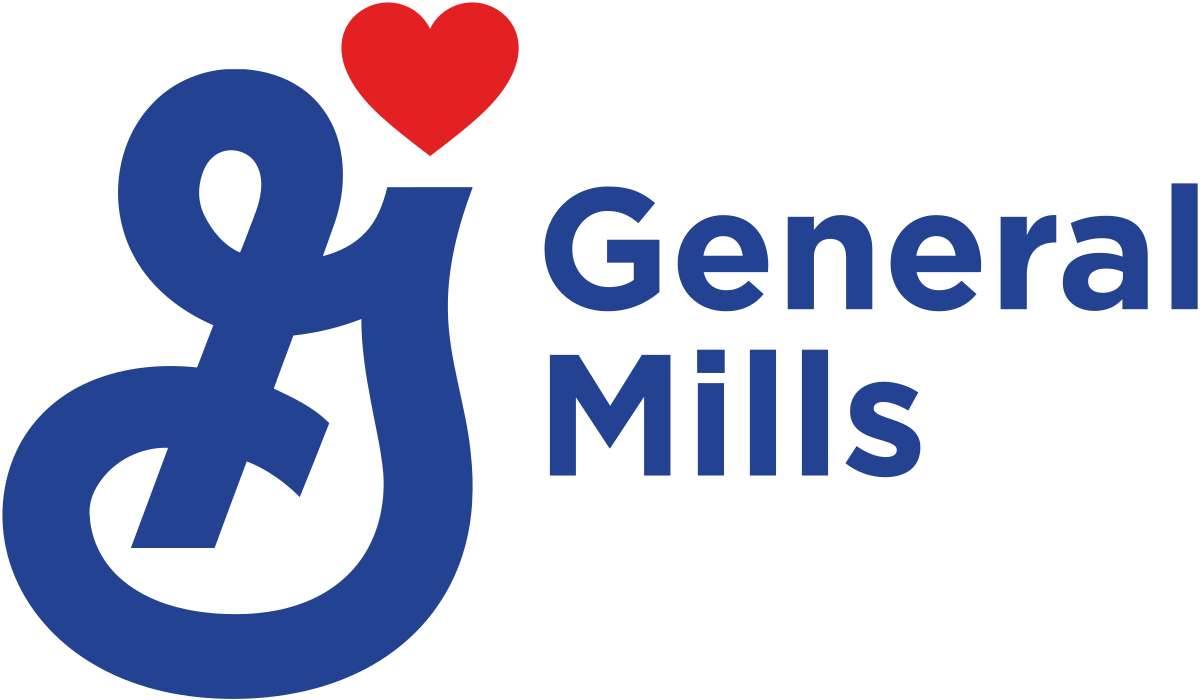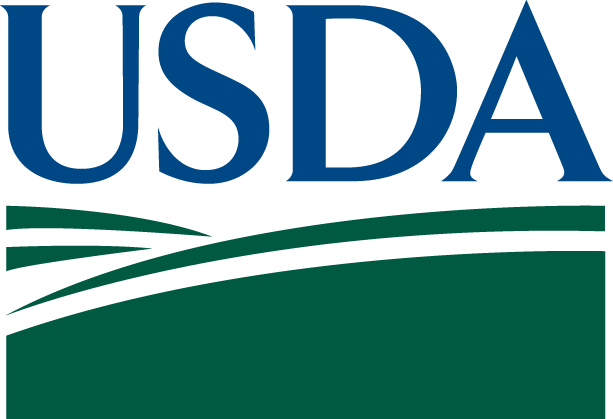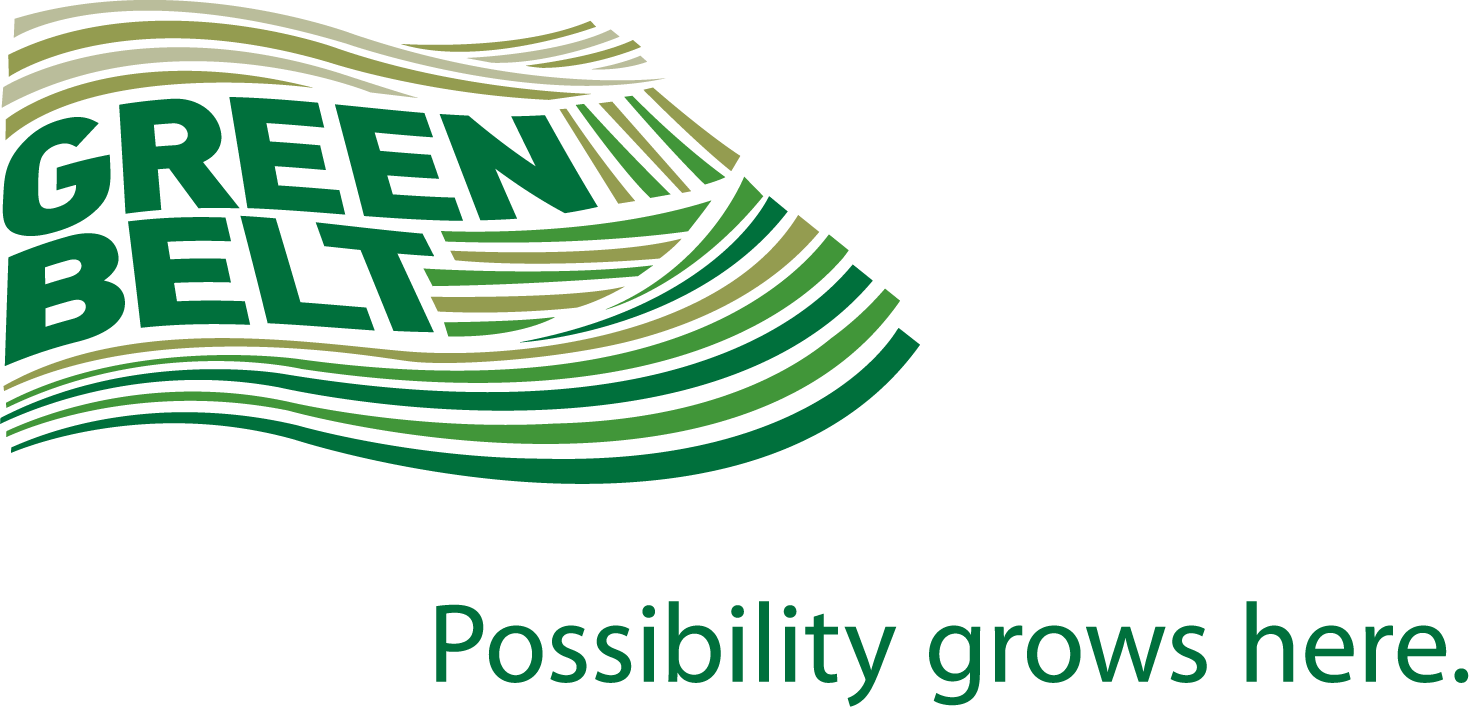Soil health is widely accepted as the foundation of regenerative agriculture. But how do we measure and assess soil health? How do we quantify how healthy a particular soil can be – and if efforts to improve soil health are succeeding?
The Soil Health Institute’s benchmarking approach does exactly that, drawing on a growing database of real-world results from agricultural production fields across North America.
Why do we need soil health benchmarks?
To set goals for improving soil health, farmers need locally relevant information for their soil and cropping system that shows what’s achievable by changing how they manage their land.
Our benchmarking approach shows the optimal health for their soil and quantifies the potential for soil health management practices to improve soil’s ability to sustain food and fiber production.
How does benchmarking work?
Our fundamental approach compares three types of management systems to show how soil health practices can improve soil. The management types can be adapted for the region and cropping system, but typically consist of BASELINE, a regionally common agricultural production management system that may include some soil health practices if they are the norm; SOIL HEALTH, where one or more soil health practices have been adopted compared to the baseline system; and REFERENCE, minimally disturbed sites with continuing living roots that represent the potential for the area’s soil health.
We collect samples in a defined region, such as a Major Land Resource Area, for specific cropping systems, and on a similar soil type based on texture and drainage class, allowing us to control for these factors in our analysis. By evaluating the same indicators of soil health across different management types, we can show the impact of management and define the room for innovation through soil health management systems, helping growers set achievable goals.
What indicators of soil health does SHI recommend?
We recommend the following essential soil health indicators, each capturing aspects of soil function that help cycle nutrients and carbon, capture and retain water, and resist erosion.
- Soil organic carbon measures the carbon contained in soil. Increasing soil organic carbon promotes soil structure, microbial activity, available water, and available nutrients.
- Aggregate stability measures soil structure and resistance to disturbance. Soils with greater aggregate stability are more resistant to erosion and have improved aeration and water infiltration and storage.
- Carbon Mineralization Potential is the amount of carbon dioxide produced by soil microbes after rewetting the soil in the laboratory. Increases in respiration indicate a higher biological capacity to cycle nutrients and plant residues.
- Available Water Holding Capacity, predicted from soil texture and soil organic carbon, is the amount of water the soil can store in the top 6 inches and provide to plants. Greater water holding capacity improves resilience to drought.
How does benchmarking benefit farmers and the environment?
The insight provided by SHI’s benchmarking approach not only helps farmers, ranchers, and their advisors set achievable goals and see the results of their management decisions, but also benefits industries and brands investing in environmental goals. Sustainability and sourcing professionals want to quantify the impact of their programs. With benchmarking, companies can better measure and map out their sustainability efforts.











